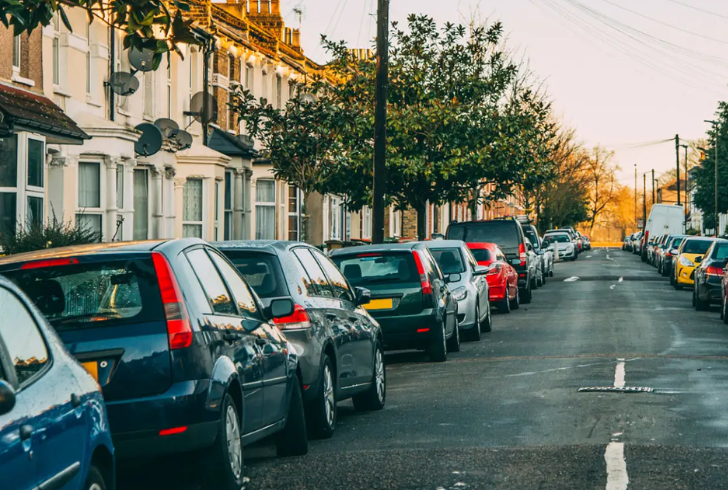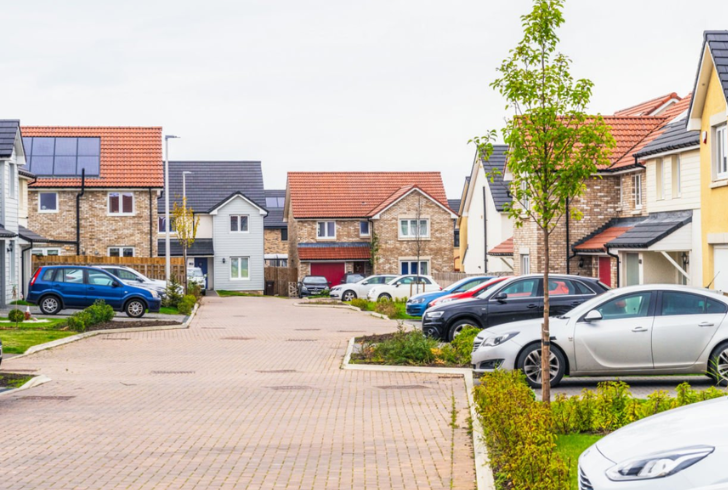Each year, over a million cars sold in the UK are simply too large for typical urban parking spaces. This growing trend has raised concerns about parking availability, road safety, and the environmental impact of larger vehicles.
As demand for bigger cars increases, many urban areas struggle to keep up, making it harder to accommodate oversized vehicles.
The Growing Popularity of Larger Cars
In the UK, over 1.2 million cars sold last year were wider than 1.8 meters. Many of these vehicles also stretch longer than 4.8 meters. Large SUVs and other bulky vehicles have become the go-to choice for many drivers, even though these cars often can’t fit into standard parking spaces. These larger vehicles not only take up more space on the road but also impact urban infrastructure.
While big cars offer benefits like extra space and the feeling of safety, they come with drawbacks. Larger vehicles tend to be more dangerous in crashes, particularly for pedestrians and cyclists. Due to their size and weight, they often cause more damage during accidents and offer less protection to vulnerable road users.
Impact on Parking and Road Infrastructure

Larger vehicles are creating a growing strain on parking spaces in urban areas. Many cities were not designed to accommodate oversized cars. As a result, drivers are finding it harder to park their vehicles in spaces that were once sufficient. In many cases, larger vehicles take up more than one parking spot, blocking spaces for other cars and causing congestion.
The weight of these vehicles also takes a toll on roads. Heavier cars lead to faster deterioration of road surfaces, increasing the need for repairs and maintenance. This damages infrastructure and leads to higher costs for local authorities.
The Environmental Cost of Bigger Cars
Beyond taking up more parking and causing more road damage, larger cars also harm the environment. They consume more fuel and emit higher levels of carbon dioxide, contributing to pollution and climate change. These environmental costs add to the already significant burden that bigger cars place on urban spaces and infrastructure.
Increased Road Hazards
Large cars don’t just take up more space—they create added hazards on the road. Their sheer size and weight make them harder to maneuver, especially in busy urban areas with narrow streets. In an accident, the higher front end of SUVs can trap pedestrians beneath the vehicle, posing a serious risk to public safety.
Calls for Change
As the effects of larger vehicles become clearer, some campaign groups are urging the government to take action. The Clean Cities campaign has called on car manufacturers to focus on producing smaller vehicles that are easier to park and safer for everyone. The group also suggests that larger vehicles should incur higher parking charges to reflect the space they occupy and the damage they cause.
Some cities have already taken steps to address the issue. Paris has implemented higher parking charges for SUVs, with some drivers paying three times more than those with smaller vehicles. Similarly, other cities like Bath and Islington have introduced policies to reduce the number of large vehicles on the road.
The Financial Incentive for Smaller Cars

There’s a growing belief that those who drive larger cars should bear more of the financial burden for their impact on urban spaces and infrastructure. This could mean higher parking fees, additional road maintenance contributions, and an acknowledgment of the environmental costs associated with these vehicles.
Harriet Edwards, a local resident in Sutton, expressed concerns shared by many: “It’s not just about finding parking. It’s knowing that, if I’m in an accident with one of these big SUVs, my family and I are at much greater risk. If these cars cause more damage and take up more space, those who drive them should pay more.”
The Role of Government and Urban Planning
As cities continue to grow, urban planning needs to evolve to keep pace with larger vehicles on the road. Governments and local authorities must implement policies that encourage the use of smaller, more efficient cars. This could include providing incentives for drivers to choose smaller vehicles and creating parking regulations that discourage the use of oversized cars.
Cities must also invest in infrastructure that is better equipped to handle the needs of modern urban life. This includes improving road surfaces, creating more parking spaces for smaller vehicles, and ensuring that roads remain safe for all users.
A Need for Balance
The rise of larger cars presents a growing challenge for urban areas. While larger vehicles have their advantages, such as comfort and perceived safety, their impact on parking, road infrastructure, and the environment cannot be ignored.
As demand for these vehicles continues, it’s crucial that cities and governments take steps to ensure that urban spaces are more efficient, safer, and environmentally friendly. Promoting the use of smaller, more sustainable vehicles is key to creating a balanced and livable urban environment for everyone.

